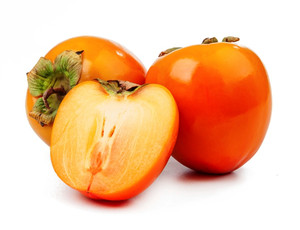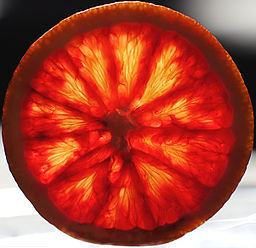
The first international quality standard for the persimmon, also known as kaki fruit, was adopted in November by the United Nations Economic Commission for Europe (UNECE).
Having a standard for the fruit will make trade easier, open opportunities for exporter countries and offer farmers, traders and inspectors a reliable reference standard, UNECE said in a press release. By referencing the UNECE standard in contracts, traders can be assured the products they order live up to the specified quality and sizing criteria outlined in the standards, it said.
The new persimmon standard, for which preparatory work was initiated by Tajikistan, outlines quality requirements for the products at the export-control stage, after preparation and packaging. These requirements include provisions concerning:
- quality (such as requirements of the product to be intact, sound and clean, and practically free from pests, etc.),
- sizing,
- tolerances for defects,
- presentation (such as packaging specifications),
- and marking.
The name ‘persimmon’ is derived from ‘putchamin’, used by the American Indians of the Algonquian tribe for the North American varieties. Persimmons are reportedly high in beta carotene and minerals and are a typical autumn fruit.
They are primarily grown in Asia – with China, the Republic of Korea, Japan and Azerbaijan accounting for 95% of the 4.6 million tons produced globally in 2013, according to FAO data. UNECE said.
Until recently, persimmons were relatively little known in Europe but in the past years, trade in them has increased drastically, with Spain emerging as one of the largest exporting countries following the application of new post-harvest techniques allowing for the fruit to be transported longer distances. Today consumers can find persimmons worldwide and in many varieties.
Excerpts from the 2015 UNECE persimmon standard:
A. Minimum requirements
In all classes, subject to the special provisions for each class and the tolerances allowed, the persimmons must be:
• Intact, with the calyx attached, which may be with or without peduncle and dry and brown
• Sound; produce affected by rotting or deterioration, such as to make it unfit for consumption, is excluded
• Clean, practically free of any visible foreign matter
• Practically free from pests
• Free from damage caused by pests affecting the flesh
• Free of abnormal external moisture
• Free of any foreign smell and/or taste.
The development and condition of the persimmons must be such as to enable them:
• To withstand transportation and handling
• To arrive in satisfactory condition at the place of destination.
B. Maturity requirements
The persimmons must be sufficiently developed, and display satisfactory ripeness. The development and state of maturity of the persimmons must be such as to enable them to continue their ripening process and to reach the degree of ripeness required in relation to the varietal characteristics.
At least the lower 1/3 of the fruit should be yellow or the colour of the fruit should be turning.

